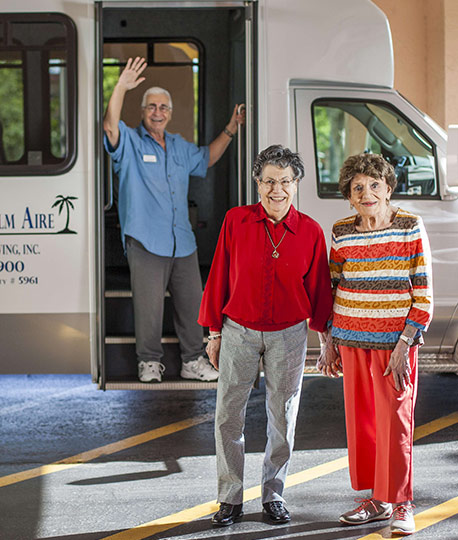You’ve probably watched news reports talking about trouble at a nursing home or senior community at some point. While the kinds of issues these news reports spotlight are rare, they can make families worry more when it comes time to find a senior living community that is a good fit for a loved one.
Fortunately, there are steps you can take to feel more confident that you are making an informed choice.
Making an Informed Choice about Senior Living
Here are a few suggestions to help you focus on what is most important in making a decision about senior living:
- Personal recommendations: Talking with people you trust who have been through this process can really help. Do you have any family members, friends, colleagues, or acquaintances who have a loved one living in a senior living community? Ask if you could sit down with them over a cup of coffee to talk about what they do and don’t like about it. An insider’s honest perspective can be very valuable as you make this decision.
- Read community reviews online: There are several online review platforms that you can visit to read what residents and families have to say about the community. Caring.com, for example, has a directory that allows you to read reviews about specific assisted living, memory care, and other types of senior living in your local area.
- Review state survey results: Learn what agency has oversight for any senior care option you are considering and then take time to read what regulators have to say about them during their annual visits. If you are considering an assisted living community for example, know that they are regulated at the state level and laws vary state by state. Contact your state’s department of health if you need help determining how senior living is regulated near you.
- Make personal visits: Nothing can replace visiting and touring senior living communities in person. Take your time. Ask good, solid questions. Talk with staff, residents, and their families. Visit more than once and do so at different times, including making at least one weekend visit. Be sure to take good notes that you can refer back to as you work your way through each community you are considering.
- Consider a short-term stay: If you are still a little hesitant, take advantage of respite care programs. While many think these short-term stays at a senior living community are just to give the caregiver a break, they can also be utilized as a trial run to see how your loved one likes it. Just make sure their stay is at least a few weeks so you have time to objectively assess the community.
Call Five Star Senior Living Today
If you have questions about moving a senior loved one, financing senior living or senior care in general, call the Five Star community nearest you. One of our team members will be happy to set up a time to meet with you in person, answer all of your questions, and help connect you with the resources you need!










